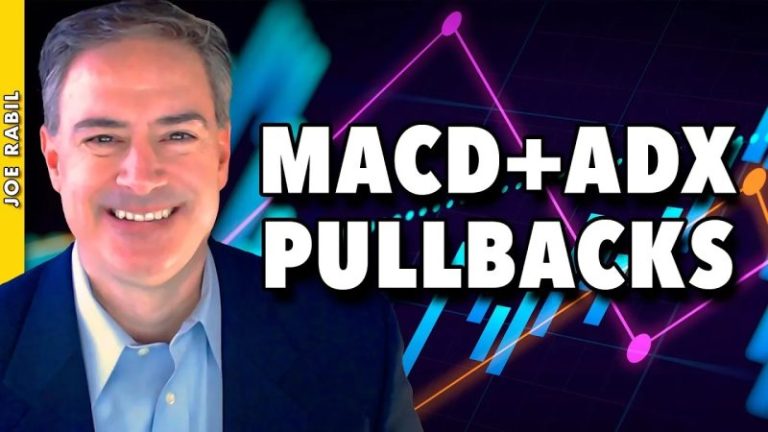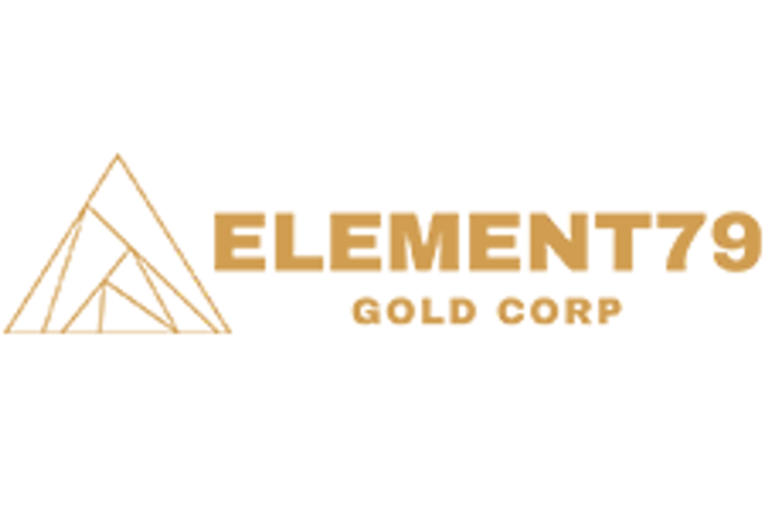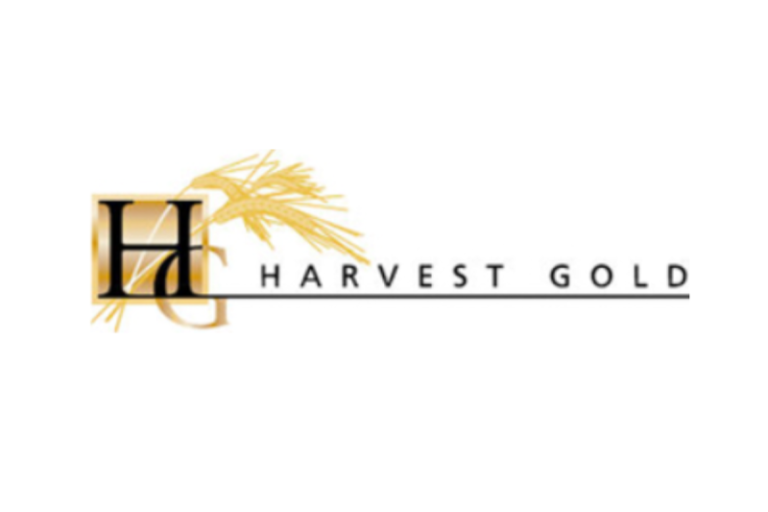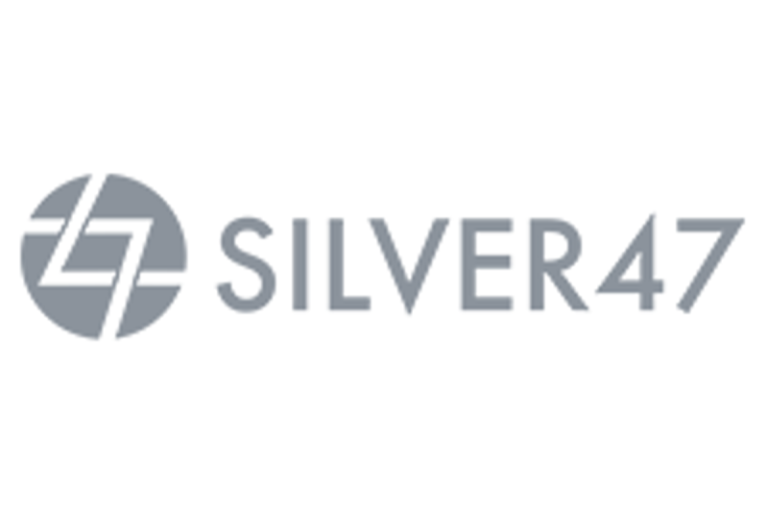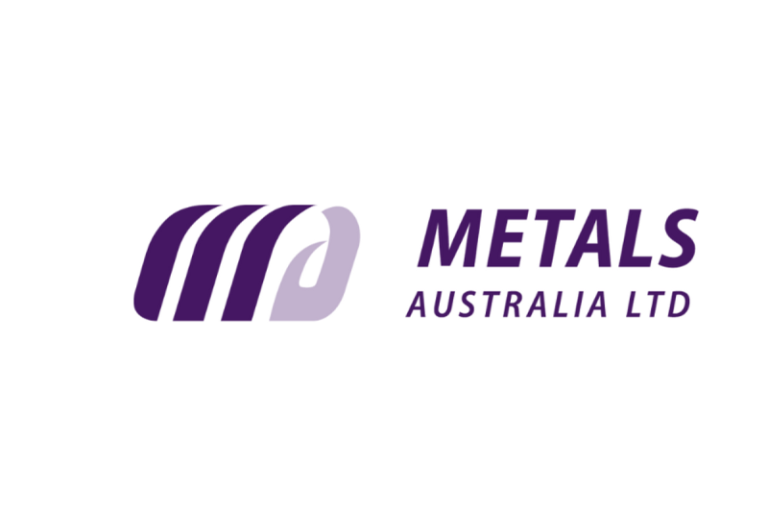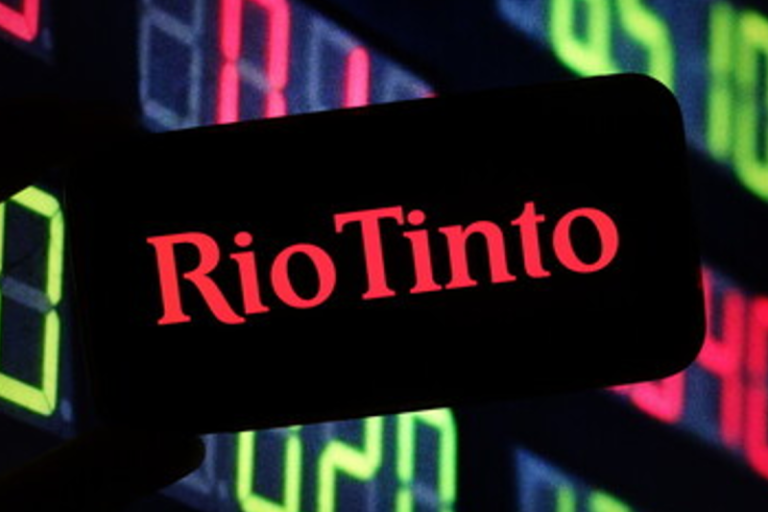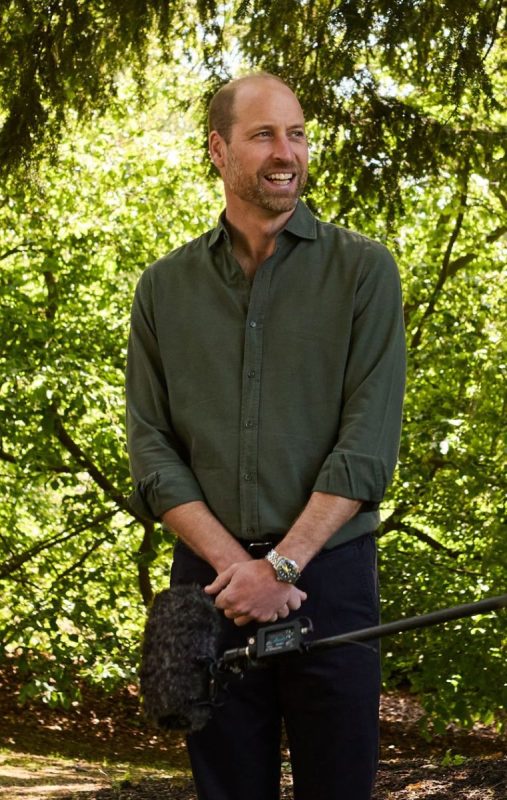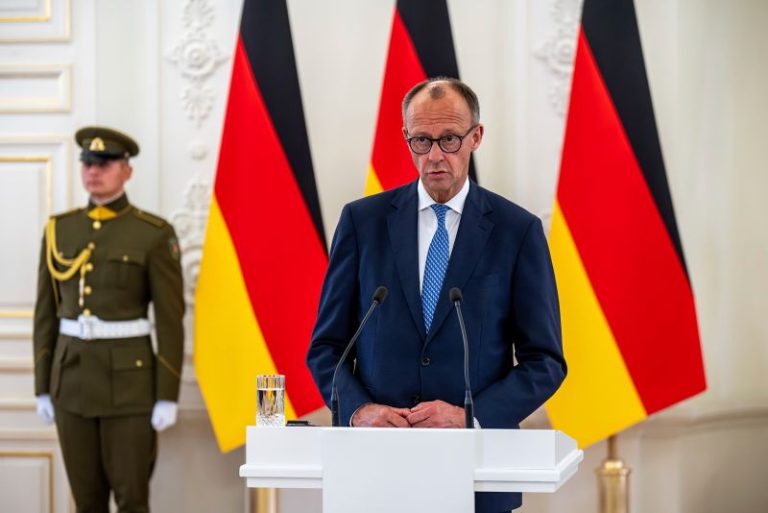Harvest Gold Corporation (TSXV: HVG) (“Harvest Gold” or the “Company”) is pleased to announce the results of its fall 2024 soil sampling program carried out at its Quebec Mosseau property. The Mosseau project covers 21 km of favourable strike in the Urban-Barry greenstone belt region (Figure 1).
The soil sampling program was carried out by IOS Services Geoscientifiques in October and November 2024 and included the collection of 605 soil samples covering favourable geology and a distinctive magnetic domain in the central part of the property (Figures 2 and 3).
Rick Mark, CEO of Harvest Gold states: “This soil geochemical survey, remarkably, the first of its kind on this property, has yielded a breakthrough in our understanding of the gold potential surrounding the Kiask River Mineralized Corridor. These soil geochemistry results, layered upon historic information and Harvest’s recent geophysical, prospecting and mapping results produce target opportunities previously unseen. The geo team is meeting this week to prioritize drill targets.”
Results from the soil geochemical program* highlight distinctive gold targets; the greater than 98th percentile Au Z-Score** values define eight zones in and parallel to the Kiask River Mineralized Corridor (KRMC) (Figure 4). Three of the gold trains are immediately to the south and down-ice of the KRMC, confirming known mineralization from previous drilling and prospecting results. Another five (5) gold trains are parallel to the KRMC, to the North and the South of the KRMC. These targets are also associated with magnetic highs and geologically by diorite and gabbro’s in the local stratigraphy (Figure 5, Figure 6).
The soil sampling program, in conjunction with the recently released results of the prospecting and geological mapping was carried in the central part of the Mosseau property The soil sampling program has confirmed existing drill targets along the Kiask River Mineralized Corridor, as well as identified new targets in the central part of the Mosseau property. Previously recognized mineralization in the central part of the property along the Kiask River Mineralization Corridor, identified by Vior in 2017, included 2.93 g/t Au over 5.0 m from drilling and grab samples up to 12.9 g/t Au. The mineralization was confirmed and extended along strike from results of the 2024 prospecting and mapping program (Press release May 15, 2025)
The soil sampling program included lines at a 200 m spacing, perpendicular to the known ice flow direction, and sample stations at every 25 m. The significance of the anomalies is not only determined by the gold grade and Z-score*, but also by the contiguity of the anomalous samples.
*Soil sampling surveys are not definitive, and the results are still at an early stage of interpretation, with no guarantee of a mineral discovery
**The anomaly thresholds were determined by IOS using a probabilistic approach. In that the assays results are first transformed into logarithmic data. The Z-score is then calculated for each element of each sample. This significantly limits the range of values and enables the use of a normal distribution for the probability modelling. The anomaly threshold for an element is determined by the difference between the sample’s Z-score and the expected Z-score for a log-normal population with an average of 0 and a standard deviation of 1, which represents the regional background as confirmed by the analysis of IOS’s large database. Any sample deviated from that regional trend is likely related to an anomalous population.
About Harvest Gold Corporation
Harvest Gold is focused on exploring for near surface gold deposits and copper-gold porphyry deposits in politically stable mining jurisdictions. Harvest Gold’s board of directors, management team and technical advisors have collective geological and financing experience exceeding 400 years.
Harvest Gold has three active gold projects focused in the Urban Barry area, totalling 377 claims covering 20,016.87 ha, located approximately 45-70 km west of Gold Fields – Windfall Deposit (Figure 1).
Harvest Gold acknowledges that the Mosseau Gold Project straddles the Eeyou Istchee-James Bay and Abitibi territories. Harvest Gold is committed to developing positive and mutually beneficial relationships based on respect and transparency with local Indigenous communities.
Harvest Gold’s three properties, Mosseau, Urban-Barry and LaBelle, together cover over 50 km of favorable strike along mineralized shear zones.
QA/QC Statement
All soil samples collected during the program were securely transported to Activation Laboratories (Actlabs) in Ancaster, Ontario, an independent and ISO/IEC 17025-accredited laboratory. Sample analysis included aqua regia digestion on 30g aliquots followed by ICP-MS analysis for major and trace elements (method UT-1-30g). Digestion with aqua regia consists of a solution of 75% hydrochloric acid and 25% nitric acid, which is highly aggressive and oxidizing, allowing metals, sulphides and gold to be dissolved. The contents of silicate minerals only partially enter solution, however, which subtracts them from the results reported, since solubilization depends on the mineral species and metals present. Thus, most of the iron and magnesium present in these ferromagnesian minerals is solubilized, leaving a residue of insoluble silica and alumina. However, digestion with aqua regia does not bring refractory minerals into solution, including quartz, feldspars, zircon and several oxides. For 5 samples with aluminum results above the UT-1-30g limit, aluminum was analyzed by ICP-OES after lithium borate fusion. 68 certified reference materials (Oreas 46 and Oreas 47), internal reference material (MRIHB23-2 and Till09) and blanks pulverized at <90 microns were added to the samples by IOS before they were sent to Actlabs. The Company follows industry-standard QA/QC protocols, including the insertion of certified reference materials, blanks, and duplicates to ensure the accuracy and precision of the results.
Qualified Person Statement
All scientific and technical information in this news release has been prepared and approved by Louis Martin, P.Geo., Technical Advisor to the Company and considered a Qualified Person for the purposes of NI 43-101.
ON BEHALF OF THE BOARD OF DIRECTORS
Rick Mark
President and CEO
Harvest Gold Corporation
For more information please contact:
Rick Mark or Jan Urata
@ 604.737.2303 or info@harvestgoldcorp.com
Neither TSX Venture Exchange nor its Regulation Services Provider (as that term is defined in the policies of the TSX Venture Exchange) accepts responsibility for the adequacy or accuracy of this release.
Forward Looking Information
This news release includes certain statements that may be deemed ‘forward looking statements’. All statements in this news release, other than statements of historical facts, that address events or developments that Harvest Gold expects to occur, are forward looking statements. Forward looking statements are statements that are not historical facts and are generally, but not always, identified by the words ‘expects’, ‘plans’, ‘anticipates’, ‘believes’, ‘intends’, ‘estimates’, ‘projects’, ‘potential’ and similar expressions, or that events or conditions ‘will’, ‘would’, ‘may’, ‘could’ or ‘should’ occur.
Although the Company believes the expectations expressed in such forward-looking statements are based on reasonable assumptions, such statements are not guarantees of future performance and actual results may differ materially from those in the forward-looking statements. Factors that could cause the actual results to differ materially from those in forward looking statements include market prices, exploitation and exploration successes, and continued availability of capital and financing, and general economic, market or business conditions. Investors are cautioned that any such statements are not guarantees of future performance and actual results or developments may differ materially from those projected in the forward-looking statements. Forward looking statements are based on the beliefs, estimates and opinions of the Company’s management on the date the statements are made. Except as required by securities laws, the Company undertakes no obligation to update these forward-looking statements in the event that management’s beliefs, estimates or opinions, or other factors, should change.
Source
This post appeared first on investingnews.com

